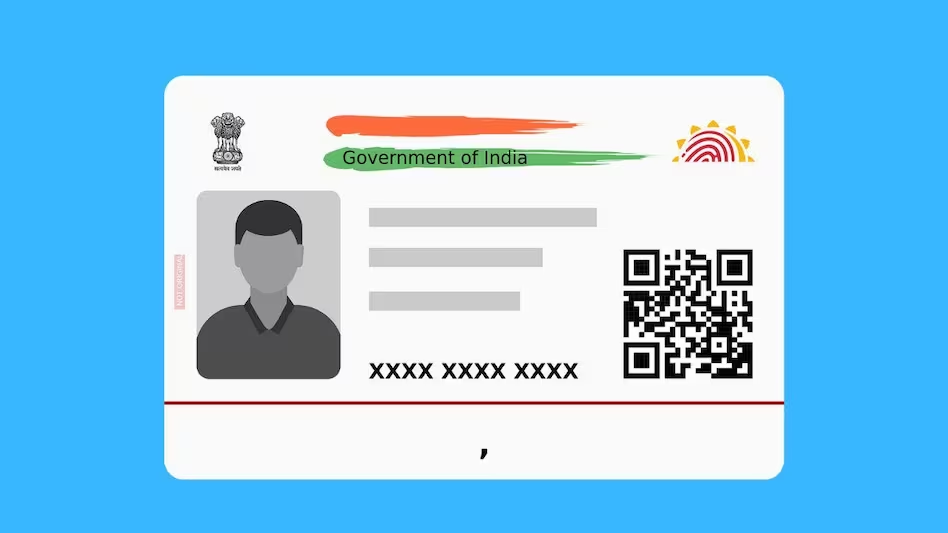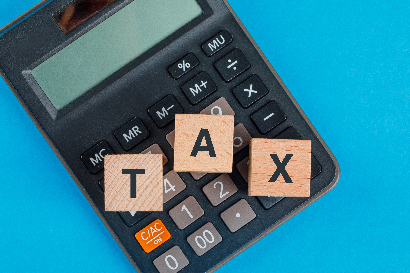

How to Save Tax After Selling a Residential Property: A Guide for Taxpayers
Selling a residential property can result in significant capital gains, potentially leading to a substantial tax liability. However, the Income Tax Act provides several provisions to help taxpayers reduce this burden. Below are key strategies to save tax on such transactions:
1. Exemption Under Section 54
Section 54 of the Income Tax Act, 1961, offers relief to individuals and Hindu Undivided Families (HUFs) who sell a long-term residential property and reinvest the capital gains. To qualify, the following conditions must be met:
- The capital gains must be reinvested in a new residential property.
- The purchase of the new property must occur either within one year before or two years after the sale date of the original property.
- If constructing a new property, the timeline is three years from the sale date.
For most taxpayers, the exemption applies to one residential property. However, if the capital gains are ₹2 crore or less, they can invest in up to two properties, but this option is available only once in their lifetime.
2. Investing in Specified Bonds Under Section 54EC
Another way to save tax on long-term capital gains is by investing in specified bonds under Section 54EC. The key points include:
- The investment must be made within six months of the property sale.
- Eligible bonds (redeemable after five years) include those issued by the National Highways Authority of India (NHAI) and the Rural Electrification Corporation (REC).
- The maximum exemption is the lower of the capital gains amount or the amount invested in these bonds.
3. Limitations on High-Value Transactions
For cases where capital gains exceed ₹10 crore, the exemption under Section 54 is restricted. Any investment exceeding ₹10 crore in a new residential property will not qualify for the exemption.
4. Capital Gains Account Scheme (CGAS)
If the taxpayer cannot utilize the capital gains for purchasing or constructing a new property before filing the income tax return, the unutilized amount must be deposited into a Capital Gains Account Scheme (CGAS).
- The deposited funds must be used for purchasing or constructing a property within the prescribed timeline.
- Failure to use the funds within this period will result in the amount being taxed as capital gains.
Illustration
Let’s consider an example:
- Mr. Raj purchased a residential property in 2010 for ₹10 lakh and sold it in 2024 for ₹70 lakh.
- To calculate the indexed cost of acquisition, the formula is:
Indexed Cost = (Purchase Price × Cost Inflation Index of Sale Year) ÷ Cost Inflation Index of Purchase YearUsing the indices (363 for 2024-25 and 167 for 2010-11):
Indexed Cost = ₹10,00,000 × (363 ÷ 167) = ₹21,73,653
The capital gains would then be the sale price minus the indexed cost:
Capital Gains = ₹70,00,000 – ₹21,73,653 = ₹48,26,347
To minimize tax, Mr. Raj can reinvest the gains or utilize the CGAS.
Conclusion
Taxpayers can effectively reduce or even eliminate their tax liabilities on capital gains by using the provisions under Sections 54 and 54EC of the Income Tax Act. Proper planning, reinvestment, and adherence to prescribed timelines are essential for maximizing these benefits. For complex transactions, consulting a tax professional is advisable to ensure compliance and optimize tax savings.










